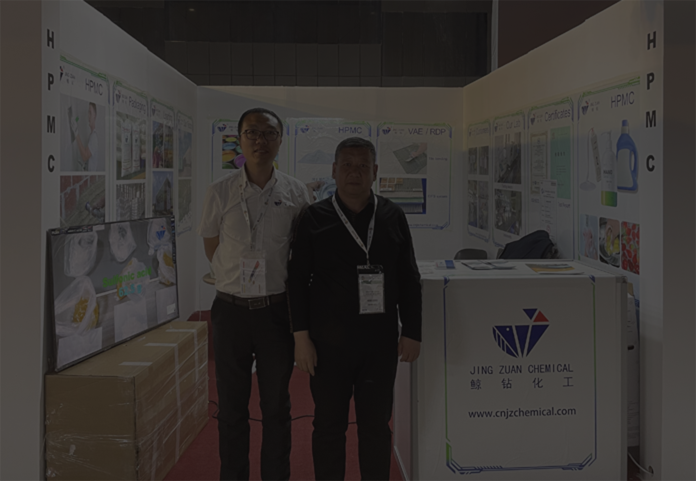
Dec . 21, 2024 14:13 Back to list
use of hpmc
The Use of Hydroxypropyl Methylcellulose (HPMC) Applications and Benefits
Hydroxypropyl methylcellulose (HPMC) is a semi-synthetic polymer widely used in various industries due to its versatile properties. Known for its thickening, emulsifying, and film-forming abilities, HPMC finds applications in pharmaceuticals, food industry, cosmetics, and construction materials. This article explores the multifaceted uses of HPMC, highlighting its benefits across different sectors.
Pharmaceutical Applications
In the pharmaceutical industry, HPMC serves as a critical excipient in the formulation of tablets and capsules. Its ability to form a gel-like consistency when hydrated makes it an excellent binding agent, ensuring that ingredients are evenly distributed throughout the formulation. HPMC is crucial in controlling the release rate of active pharmaceutical ingredients (APIs), thereby enhancing the bioavailability of drugs. Furthermore, it is used in sustained-release formulations, allowing for prolonged action and reducing the frequency of dosing.
One of the significant advantages of using HPMC in pharmaceuticals is its non-toxic nature. It is considered safe for human consumption and is often utilized in the production of vegetarian capsules, providing a suitable alternative to traditional gelatin capsules. This characteristic makes HPMC a favorable choice for dietary supplements and herbal formulations, catering to a growing demographic seeking plant-based options.
Food Industry Applications
HPMC is also prevalent in the food industry, where it acts as a thickening agent, emulsifier, and stabilizer. It is commonly found in sauces, dressings, ice creams, and baked goods. The addition of HPMC helps improve the texture and mouthfeel of food products, enhancing overall sensory experience. Additionally, HPMC's ability to retain moisture extends the shelf-life of various food items, making it invaluable in food preservation.
Moreover, HPMC is often used in gluten-free and low-fat food products. Its thickening properties can mimic the texture provided by gluten, making it an excellent choice for those with gluten intolerances. As consumer demand for gluten-free products continues to rise, HPMC provides a solution that maintains product quality while catering to dietary restrictions.
use of hpmc

Cosmetic Applications
In the cosmetics sector, HPMC serves as a versatile ingredient in lotions, creams, and gels. It acts as a thickener, providing a desired viscosity, and helps to stabilize emulsions, ensuring an even distribution of ingredients. HPMC's film-forming ability contributes to the aesthetic appeal of cosmetic products, leaving a smooth texture on the skin without feeling greasy.
The use of HPMC in personal care products also enhances their performance. For instance, it can help in the controlled release of active ingredients, benefiting formulations that contain botanicals, vitamins, or anti-aging compounds. Additionally, its non-irritating nature makes it suitable for sensitive skin, expanding its application range.
Construction Industry Applications
In the construction industry, HPMC is often used as an additive in mortars, plasters, and tile adhesives. Its ability to enhance the workability and water retention of these materials is crucial for ensuring proper adhesion and a long-lasting finish. HPMC improves the ease of application, allowing workers to achieve a smooth, consistent texture when applying construction materials.
Moreover, HPMC helps in reducing the risk of cracking and shrinkage in construction applications by maintaining moisture levels. As sustainable building practices gain traction, the use of HPMC can also contribute to creating more durable structures.
Conclusion
In summary, hydroxypropyl methylcellulose (HPMC) is a multifunctional polymer with extensive applications across various industries. Its roles in pharmaceuticals, food, cosmetics, and construction highlight its versatility and importance. With the ongoing advancements in technology and a growing emphasis on safety and sustainability, the demand for HPMC is likely to increase. As researchers continue to explore its potential, HPMC will certainly solidify its position as a vital ingredient in modern formulations and products. Whether improving drug delivery, enhancing food textures, or contributing to high-quality cosmetics, HPMC remains a key player in innovation across diverse fields.
-
Versatile Hpmc Uses in Different Industries
NewsJun.19,2025
-
Redispersible Powder's Role in Enhancing Durability of Construction Products
NewsJun.19,2025
-
Hydroxyethyl Cellulose Applications Driving Green Industrial Processes
NewsJun.19,2025
-
Exploring Different Redispersible Polymer Powder
NewsJun.19,2025
-
Choosing the Right Mortar Bonding Agent
NewsJun.19,2025
-
Applications and Significance of China Hpmc in Modern Industries
NewsJun.19,2025







